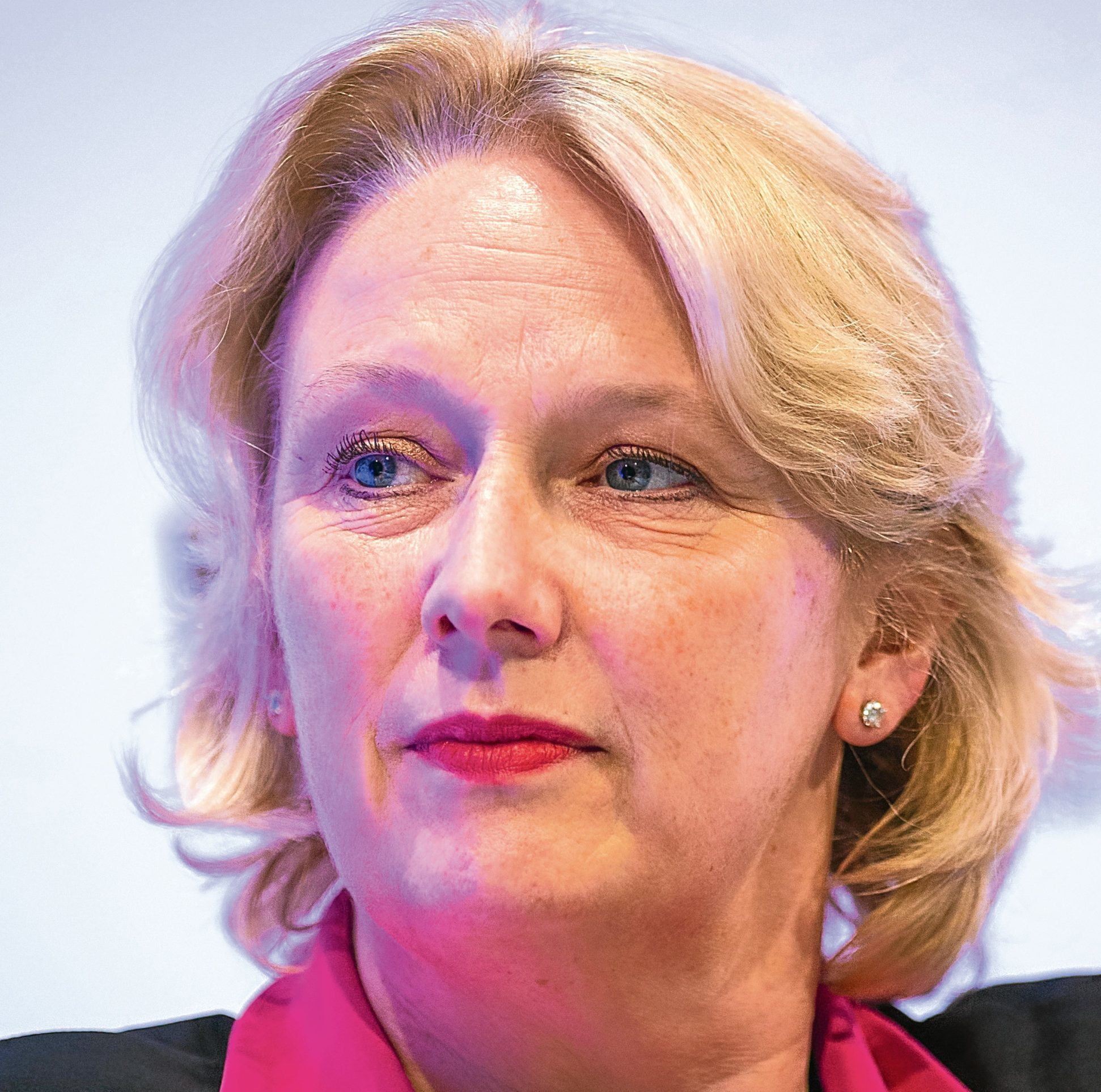
AN “alpha male” culture at the Royal Bank of Scotland helped cause the lender’s near collapse during the financial crisis, according to its former managing director.
Jayne-Anne Gadhia, now boss of Virgin Money, also blamed Fred Goodwin’s obsessive drive for growth as a contributing factor to the crash.
Mrs Gadhia – who served as managing director of the RBS mortgage division and then its consumer finance division between 2001 and 2007 – said she enjoyed her time at the bank but noticed a cultural shift following its takeover of NatWest in 2000.
“It was such a brilliant deal to have done,” she said.
“It made RBS this great bank in Scotland, one of the biggest banks in the country and probably one of the biggest banks in the world and as a result I think the management team – Fred Goodwin in particular – were feted for that success.
“What that did, I think, was to create a drive for more and more of that growth and that success, and, in the end, that focus on the output at all times meant that the senior management there lost control.”
In April 2008, RBS asked existing shareholders to inject £12 billion to strengthen its reserves after it splurged £49 billion to acquire Dutch bank ABN Amro.
The deal proved toxic and, just months later, the value of RBS shares plunged 90%, prompting its £45.5 billion UK Government bailout.
RBS is still 73% owned by the taxpayer.
Mrs Gadhia said: “I think that in a very alpha male culture – and certainly we saw a bit of it, a lot of it maybe, at RBS – it was an attitude of win-lose.
“You know: ‘I am going to win, I am going to succeed at all costs’ and I think that has been very damaging.”
Disgraced former boss Mr Goodwin – who served as chief executive between 2001 and 2008 – has avoided criminal charges related to the bank’s near collapse and recently escaped a humiliating High Court appearance after shareholders settled a claim against the lender in June.
RBS also recently reached a £4.2 billion US settlement over claims it mis-sold toxic mortgage bonds in the run-up to the crash.
Mrs Gadhia said she was personally approached by one of Mr Goodwin’s team about getting RBS involved in sub-prime mortgage securities – one of the complex financial instruments blamed for the banking crisis.
Mrs Gadhia left RBS in 2007, taking up an offer by Richard Branson to join Virgin Money.
She says banking has been “transformed” since the crisis, not least on the back of a regulatory crackdown.
She added: “Being driven by the profit motive purely is never, ever going to result in the best form of banking.”

Enjoy the convenience of having The Sunday Post delivered as a digital ePaper straight to your smartphone, tablet or computer.
Subscribe for only £5.49 a month and enjoy all the benefits of the printed paper as a digital replica.
Subscribe